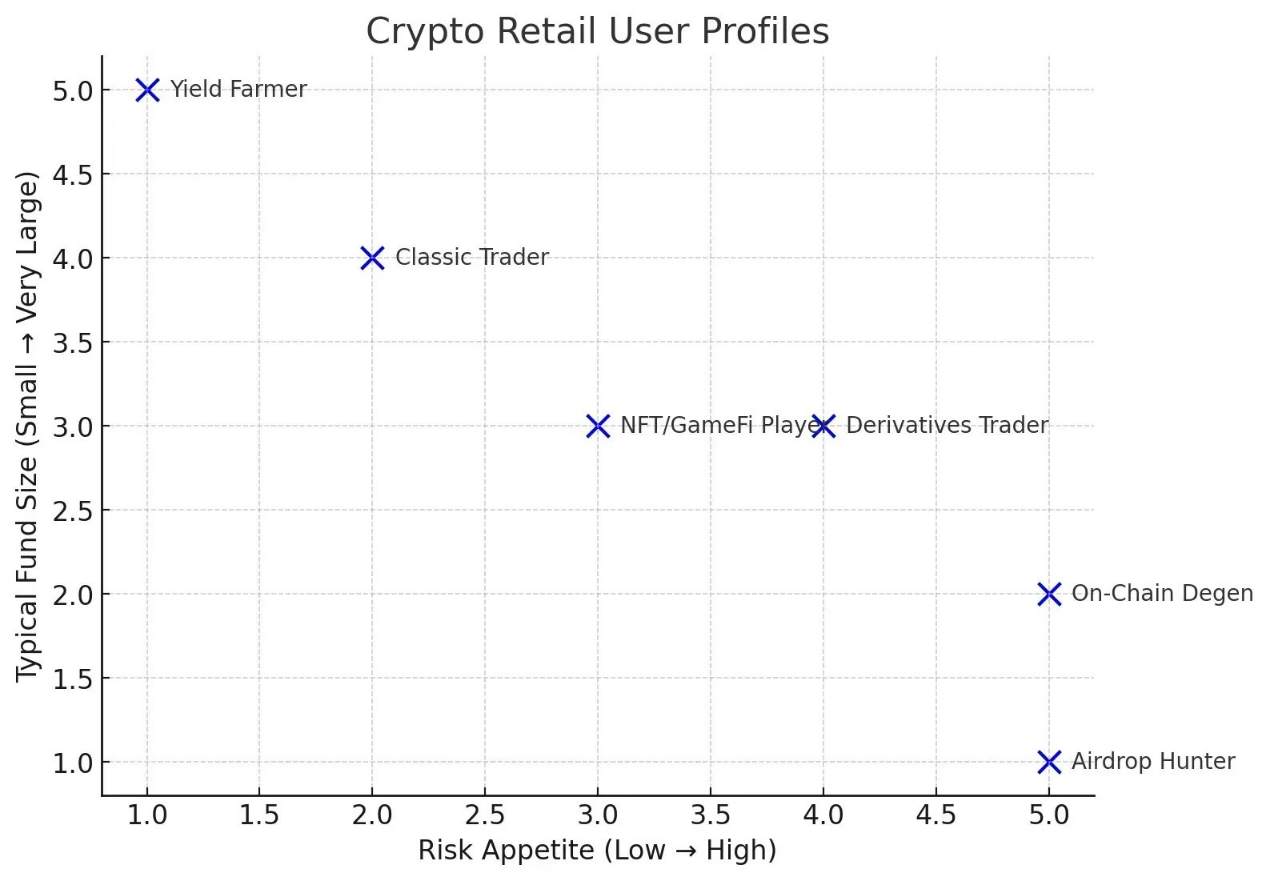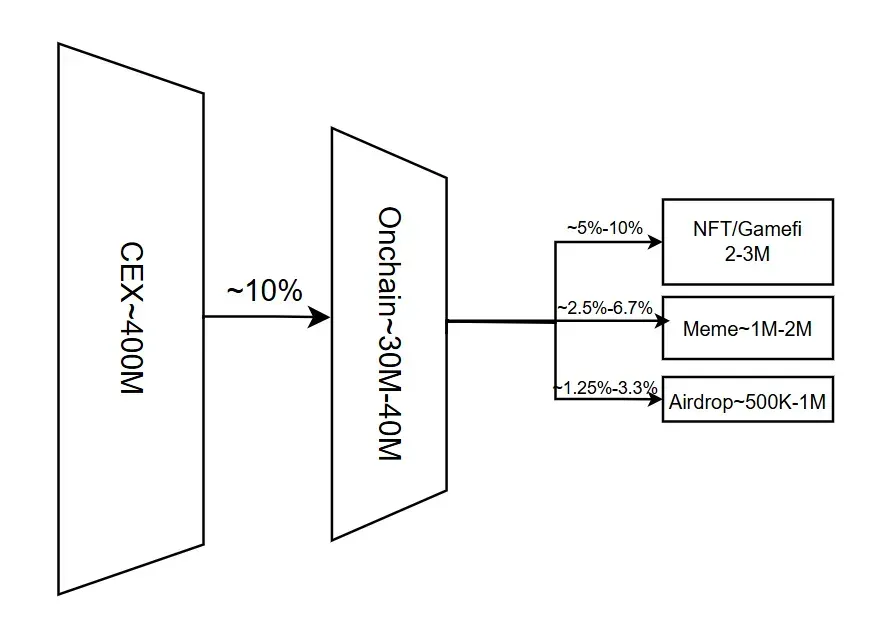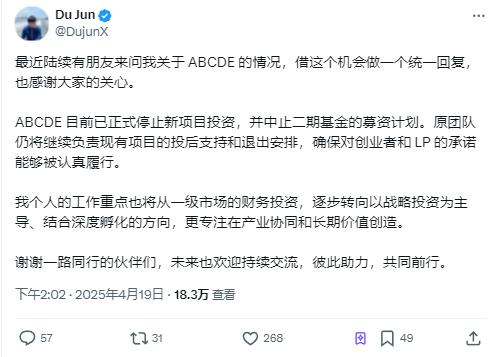Written by: Primitive Ventures
Translated by: Felix, PANews
Crypto Saturation and Structural Transformation
This cycle has clearly shown that the market has reached saturation, both in terms of funds and attention.
Global Google Trends data illustrates this point. Only Solana's search popularity has reached a new high. Despite ETF approval, Bitcoin reaching a new high, and political discussions sparked by meme, the search popularity of Bitcoin, Ethereum, and even Dogecoin has not recovered to the peak levels of 2021.

Red: Ethereum Google search popularity, Blue: Solana Google search popularity

Blue: Bitcoin Google search popularity, Red: Dogecoin Google search popularity
As attention decreases, prices also fall. Most major assets are still trading below the highs of the previous cycle. This means: Cryptocurrency as an asset has reached saturation in mainstream perception, but as a currency, it has not been widely adopted.
This duality defines the current situation. Speculative behavior is well-known, but its actual use is still misunderstood. The next marginal buyer may not come for speculation, but for infrastructure.
Player Structure: The Game is Clearing Out
To understand why even top-down narratives cannot sustain momentum, one needs to understand who is still participating.

Source: PV internal research
Centralized exchanges (CEX) spot traders, once the pillar of retail power, are gradually fading out. As the get-rich-quick effect of CEX diminishes, new user inflow has stagnated. Worse, many existing users have either left or shifted to higher-risk perpetual contract trading. Meanwhile, the rise of spot ETFs has quietly drawn away another group of potential buyers. Centralized exchanges are no longer the default entry point.
Yield miners, typically with larger capital allocation scales, are increasingly looking off-chain. As on-chain yield opportunities decrease and risk-adjusted returns decline, capital is turning to more stable income sources in the real world.
Non-Fungible Token and GameFi participants, once the driving force of cryptocurrency adoption culture, are now largely marginalized. Some have turned to memecoins, but with the Trump wave receding, this trend seems to have peaked, leaving most participants disappointed.
Airdrop hunters, usually viewed as the most persistent on-chain participant group, are now openly conflicting with project parties over unfulfilled promises. Many cannot even cover their costs.
Across every user group, the trend is clear: participation is declining, belief is weakening, and retail investors are leaving.
Critical Point: Conversion Stagnation
The problem is not just the fatigue of the existing user base, but that conversion itself has stalled.
Top CEXs serve about 400 million users (removing duplicates), but only about 10% convert to on-chain users (wallet users). Since 2023, penetration has barely changed; the industry struggles to convert users out of the custodial layer.

Source: PV internal research
Meanwhile, since the peak of the 2021 bull market, traffic to mainstream exchanges has continued to decline, even with Bitcoin reaching a new high. Conversion channels have not expanded.
[The rest of the translation continues in the same manner, maintaining the structure and tone of the original text while translating to English.]
Barbell Era: This Is Not a Collapse, But a Rebalancing
The scarcity of marginal buyers is not just a cyclical low point, but a structural result, a downstream effect of two forces:
Cryptocurrency as an asset has already captured most of the global attention. The dream of getting rich overnight has lost its luster.
The dollar shortage is real. The Federal Reserve's quantitative tightening and macroeconomic contraction policies structurally reduce the buyer base.
After experiencing all the cycles, narratives, and reshaping, cryptocurrency is splitting into two distinctly different paths, and this divergence will only grow wider.
On one side is the speculative system once driven by meme, leverage, and narrative reflexivity, now barely alive due to liquidity withdrawal. These markets depend on continuous marginal capital inflows, and without these inflows, even the most carefully designed strategies cannot sustain buying pressure.
On the other side, policy-oriented and utility-driven adoption is slowly but undeniably emerging. Stablecoins, compliant channels, and tokenized assets are growing. Not through hype, but out of necessity. Not a bubble, but enduring.
What is being witnessed now is not a market crash, but a structural rebalancing.







